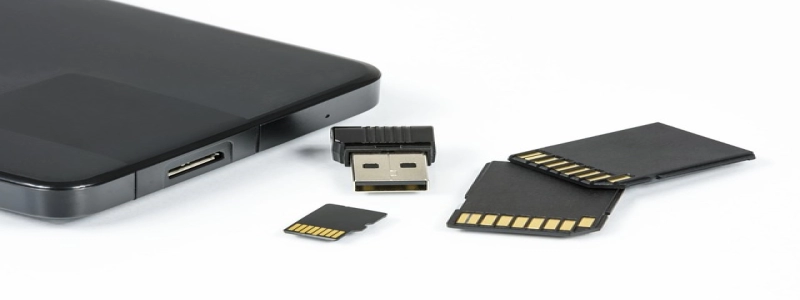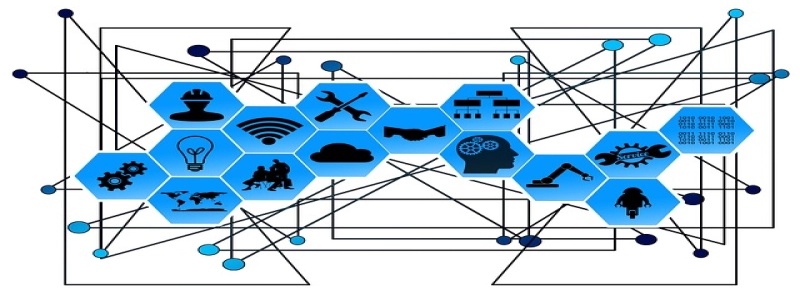Fiber Optic Cable vs Ethernet: A Detailed Comparison
I. Introduction
A. Brief explanation of fiber optic cable and Ethernet
B. Importance of a reliable and efficient data transmission system
II. Fiber Optic Cable
A. Definition and working principles of fiber optic cable
B. Advantages of fiber optic cable
1. High data transmission capacity
2. Immunity to electromagnetic interference
3. Long transmission distances
4. Secure transmission of data
C. Limitations of fiber optic cable
1. Expensive installation and maintenance costs
2. Fragility and susceptibility to damage
III. Ethernet
A. Definition and working principles of Ethernet
B. Advantages of Ethernet
1. Cost-effective installation and maintenance
2. Compatibility and widespread usage
3. Ease of configuration and scalability
4. Ability to support various network devices
C. Limitations of Ethernet
1. Limited transmission distances
2. Vulnerability to electromagnetic interference
3. Relatively lower data transmission capacity
IV. Comparison
A. Data transmission capacity
1. Fiber optic cable’s higher capacity
2. Ethernet’s limitations in handling large data volumes
B. Transmission distances
1. Fiber optic cable’s ability to cover long distances
2. Ethernet’s limited range for efficient data transmission
C. Reliability and security
1. Fiber optic cable’s immunity to interference and secure data transmission
2. Ethernet’s susceptibility to interference and potential security risks
D. Installation and maintenance costs
1. Fiber optic cable’s higher initial investment and maintenance expenses
2. Ethernet’s cost-effective installation and maintenance options
V. Conclusion
A. Recap of the advantages and limitations of fiber optic cable and Ethernet
B. Importance of choosing the right data transmission option based on specific needs







